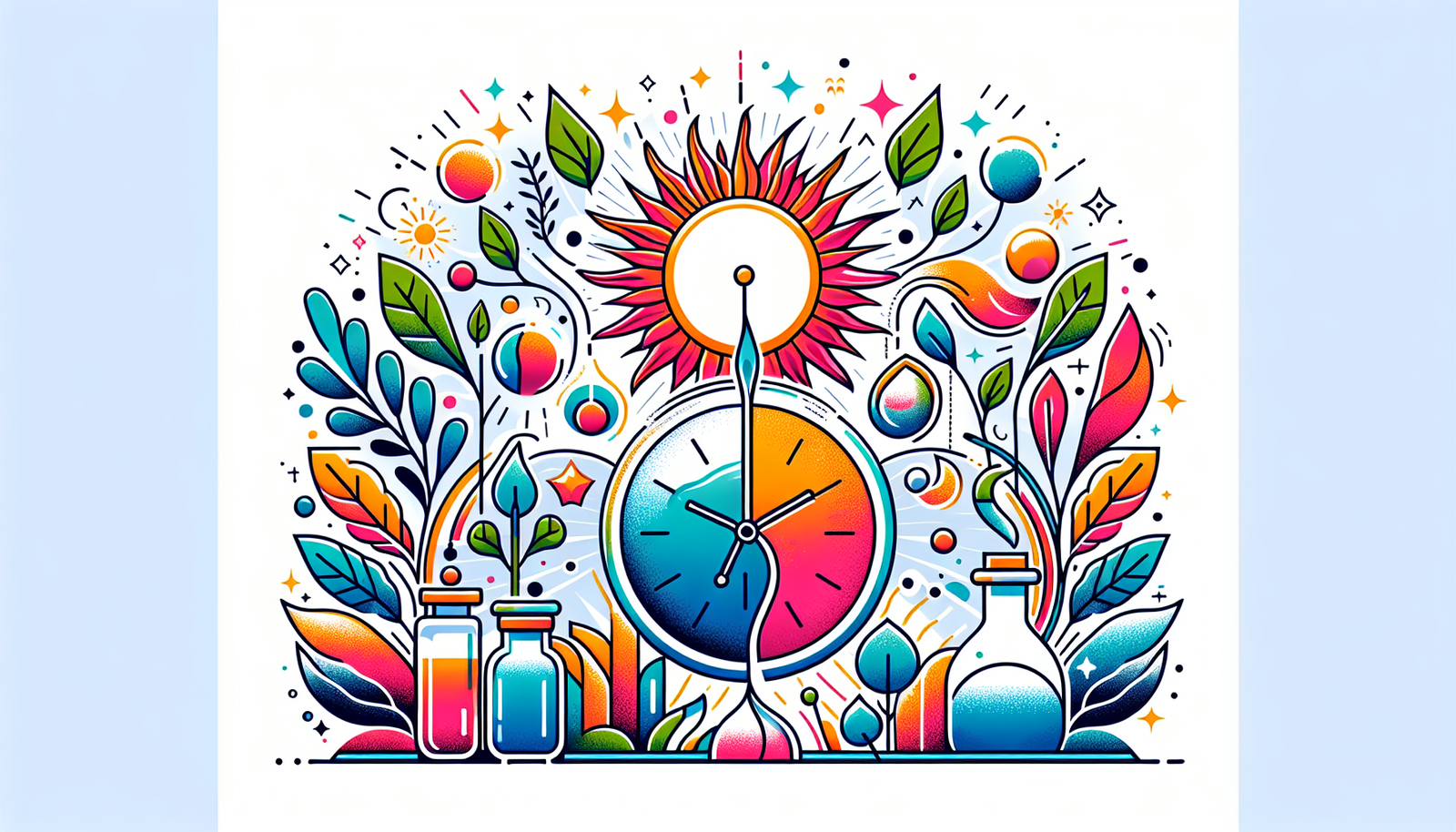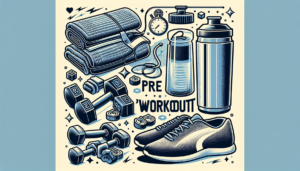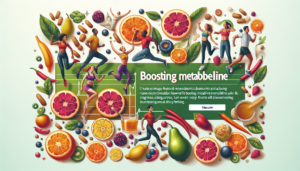Common Habits that Ruin Nail Strength
Common Habits That Ruin Nail Strength
1. Overuse of Nail Products
Using nail products like polish, hardeners, and buffers excessively can weaken nails. Many polishes contain harsh chemicals like toluene, formaldehyde, and dibutyl phthalate. These substances can lead to dehydration of the nail plate and eventually cause brittleness or peeling.
Solution: Limit the use of nail products or opt for three-free or five-free polishes that exclude harmful chemicals. Additionally, give your nails a break between manicures to recover.
2. Neglecting Hand Hygiene
Often, individuals overlook the importance of hand hygiene. Failing to wash your hands regularly can lead to fungal infections, which can severely weaken the nails. Dirt and bacteria can build up under the nail, causing issues that affect both strength and appearance.
Solution: Maintain a regular handwashing routine, especially when preparing food or after using the restroom. Use a gentle soap to prevent stripping your skin of natural oils.
3. Excessive Moisture Exposure
While moisture is generally good for nail health, prolonged exposure can lead to softness and make nails more prone to breakage. Activities such as frequent washing, swimming, or soaking hands in water can weaken nails over time.
Solution: When engaging in water-related tasks, wear gloves to protect your nails from excessive moisture. Hydrate your nails with oils or creams after contact with water.
4. Poor Nutrition
Nail health is directly linked to what you consume. A diet lacking in vitamins and minerals—particularly biotin, vitamin E, and iron—can lead to weak, brittle nails. Protein is also essential as nails are made of keratin, a type of protein.
Solution: Incorporate a balanced diet rich in fruits, vegetables, nuts, lean meats, and whole grains. Consider supplements for biotin and other vital nutrients if necessary.
5. Biting Nails
Nail-biting is not just a stress-relief habit. It can introduce bacteria and germs to your nails and cuticles, leading to infections, and the consistent trauma can weaken the nail structure itself.
Solution: Identify triggers that lead to nail-biting and develop alternatives to manage stress or anxiety. Keeping nails trimmed and manicured can also reduce the temptation.
6. Using Nails as Tools
Using nails to open packages, scrape surfaces, or perform other tasks can lead to micro-tears and weaken the overall structure. This habit may seem harmless but can cause long-term damage to nail integrity.
Solution: Use proper tools for tasks instead of your nails. Invest in a pair of scissors or other tools to avoid putting excessive strain on your nails.
7. Ignoring Cuticle Care
Cuticles protect the matrix of the nail. Neglecting them can result in hangnails, infections, and an overall weakening of the nail structure. Pushing back cuticles aggressively can also cause trauma.
Solution: Regularly moisturize cuticles using cuticle oil to keep them healthy. Only push back cuticles gently, preferably after a shower when they are softer.
8. Lack of Moisturization
Just as skin needs moisture, so do nails. Neglecting to moisturize nails can lead to dryness and increased brittleness. Especially in dry climates or during cold weather, nails can become weak without proper hydration.
Solution: Apply a good-quality hand and nail cream or oil daily, focusing on the nails and cuticles. Look for products containing nourishing ingredients like jojoba oil or shea butter.
9. Stress and Hormonal Changes
Chronic stress and hormonal fluctuations, like those occurring during pregnancy or menopause, can impact nail health. Stress can lead to habits that harm nails, while hormonal changes may affect the nail growth cycle.
Solution: Manage stress through techniques such as yoga, meditation, and regular physical activity. If hormonal changes are severe, consult a healthcare professional for tailored advice and treatment options.
10. Over-Filing
Filing nails improperly—especially using harsh files or filing too much—can damage the nail’s keratin layers, leading to splitting and peeling.
Solution: Use an emery board or glass file, and file in one direction rather than back-and-forth. Limit filing to maintain the desired shape without compromising strength.
11. Ignoring Nail Changes
Changes in nail appearance—such as discoloration, thickening, or splitting—can signal underlying health issues. Ignoring these signs can lead to bigger problems down the road.
Solution: Keep an eye on nail changes and consult a healthcare professional if you notice anything unusual. Early intervention can help resolve underlying issues affecting nail strength.
12. Genetics
Sometimes, the innate strength of your nails comes down to genetics. People inherit different structures and growth rates in their nails, leading to natural variations in strength.
Solution: While you can’t change your genetic makeup, you can still take steps to care for your nails and improve their appearance and strength. Focus on dietary, lifestyle, and environmental adjustments.
13. Excessive Use of Nail Enhancements
Artificial nails, acrylics, and gel nails can provide a beautiful appearance but can also damage natural nails if applied or removed improperly. Over time, the weight and removal process can cause thinning.
Solution: Choose a reputable nail technician familiar with the proper techniques for applying and removing nail enhancements. Additionally, take breaks between applications to allow your natural nails to recover.
14. Smoking
Smoking not only affects your overall health but can also cause discoloration and weakening of your nails. Nicotine constricts blood vessels, which may hinder nutrient delivery to your nails.
Solution: Consider reducing or quitting smoking. Your overall health will improve, and by extension, so will your nail strength and appearance.
15. Skipping Regular Nail Trims
Long nails can be more prone to breaks and splits, especially if they are brittle. Allowing them to grow too long without regular trimming can lead to damage.
Solution: Maintain a regular nail trimming schedule to keep nails at a manageable length. Choose a shape that suits your lifestyle and makes nails less vulnerable to breakage.
16. Environmental Factors
Environmental exposure to harsh weather, chemicals, or pollutants can significantly impact nail strength. For example, UV rays can damage nails just as they can damage skin.
Solution: Protect your nails from extreme weather conditions by wearing gloves during cold or hot weather. Also, avoid prolonged exposure to chemicals like household cleaners by using gloves.
17. Infrequent Visits to a Manicurist
While DIY nail care can be effective, neglecting professional nail care treatments can lead to problems over time. Manicurists can identify issues that you may overlook.
Solution: Schedule regular appointments with a professional if possible. They can provide advice on specific issues affecting your nail health and recommend effective treatments.
18. Ignoring Hydration
Dehydration can affect your entire body, including your nails. Insufficient water intake can lead to dry skin and, subsequently, dry nails that are more prone to breaking.
Solution: Aim for adequate daily water intake to stay hydrated. Generally, drinking eight 8-ounce glasses of water or more daily is advisable, depending on individual needs.
19. Relying on Supplements Without Research
Some individuals may turn to dietary supplements in hopes of strengthening their nails without adequate research. Overreliance on unverified supplements can lead to adverse effects or ineffective results.
Solution: Consult a healthcare provider before starting any supplement regimen. They can recommend the right approach to improving your nail health based on blood tests or specific nutrient deficiencies.
20. Failing to Use Base Coats
When applying nail polish, skipping the base coat can expose the nails to stains and damage. Base coats provide a protective layer that helps to prevent discoloration and strengthen nails.
Solution: Always apply a base coat before nail polish. Look for strengthening base coats that contain nourishing ingredients to promote healthy nail growth.
21. Seasonal Changes
The changing seasons can influence nail strength. Cold weather can dry out nails, while humidity can lead to excessive moisture, both affecting overall nail health.
Solution: Adjust your nail care routine according to the season. For example, increase moisturizing efforts in winter and reduce moisture exposure in humid months.
22. Inconsistent Routine
Inconsistent nail care can lead to a variety of issues, including weakened nails, uneven growth, and increased susceptibility to damage. A routine ensures all necessary aspects of nail care are addressed.
Solution: Develop a consistent nail care routine that includes filing, trimming, moisturizing, and occasional manicures. Stick with it to see lasting improvements in nail strength.
23. Not Maintaining Healthy Cuticles
Cuticles play a vital role in nail health by protecting the nail matrix. Dry or damaged cuticles can lead to nail damage or infections, compromising nail integrity.
Solution: Regularly moisturize cuticles and avoid cutting them. Consider professional cuticle treatments for optimal results.
24. Ignoring Age Factors
As we age, nail growth can slow, making them more prone to brittleness and breakage. Recognizing that aging plays a role in nail health is essential for adapting your care strategy.
Solution: Adapt nail care routines with age. Consider more frequent moisturizing and adjustments to diet and lifestyle to accommodate changing nail needs.
25. Focusing Solely on Aesthetics
While beautiful nails are a common goal, neglecting the health aspect for aesthetic reasons can lead to damage. Prioritizing appearance over health can compromise nail strength.
Solution: Strike a balance between aesthetics and health by choosing nail products and services that promote nail strength while also looking good.
26. Unhealthy Lifestyle Choices
A lack of physical activity and poor lifestyle choices can contribute to nail issues. Low circulation from inactivity may impact nutrient delivery to the nails, hindering their strength and health.
Solution: Incorporate regular physical activity into your life. Exercise enhances circulation and overall health, contributing to nail strength.
27. Failing to Protect Nails During Activities
Employing nail protection during activities like gardening, cleaning, or doing arts and crafts can prevent damage. Exposing nails to rough materials or harsh chemicals can lead to weakening.
Solution: Always wear gloves or protective gear when engaging in activities that may harm your nails. This small precaution can protect your nails from long-term damage.
28. Lack of Regular Assessment
Many individuals fail to assess their nail health regularly. Neglecting to monitor changes can lead to ignoring underlying health issues affecting nail strength.
Solution: Set aside time regularly to assess your nails. Look out for changes in color, texture, or growth patterns and address them with a healthcare professional if needed.
29. Over-Exfoliating Hands and Nails
While exfoliation can remove dead skin and promote healthier hands, excessive exfoliation can lead to weakened nails and irritation. Finding the right balance is crucial.
Solution: Limit exfoliating treatments to once or twice per week. Focus on gentle formulations that won’t strip your skin and nails of essential moisture.
30. Failing to Seek Professional Help for Persistent Issues
Many avoid seeking professional help for nail problems, thinking they are too minor to warrant attention. However, persistent nail issues may require expert evaluation to assess underlying conditions.
Solution: Don’t hesitate to consult a dermatologist or healthcare professional if you notice persistent nail issues. Timely intervention can prevent further damage and promote stronger nails.








